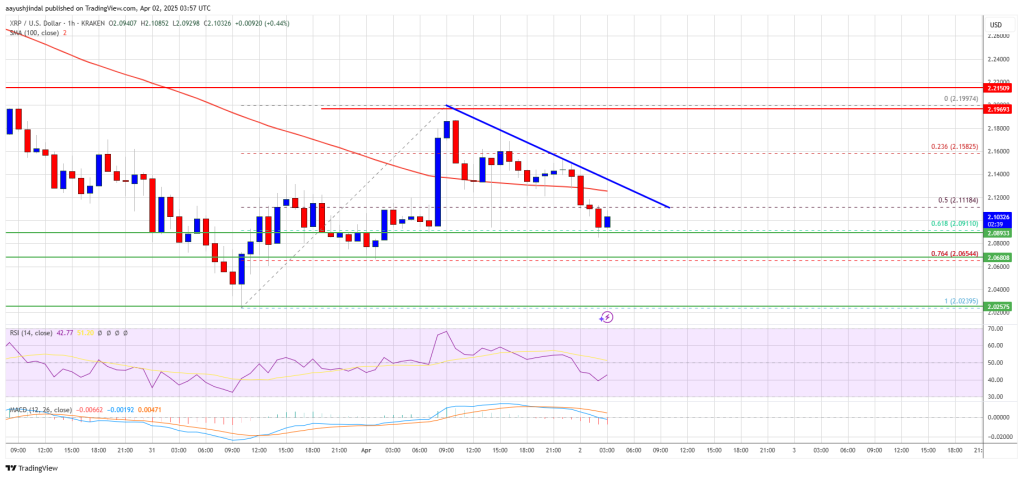Market
How Polkadot Wants to Dominate Real-World Assets Tokenization
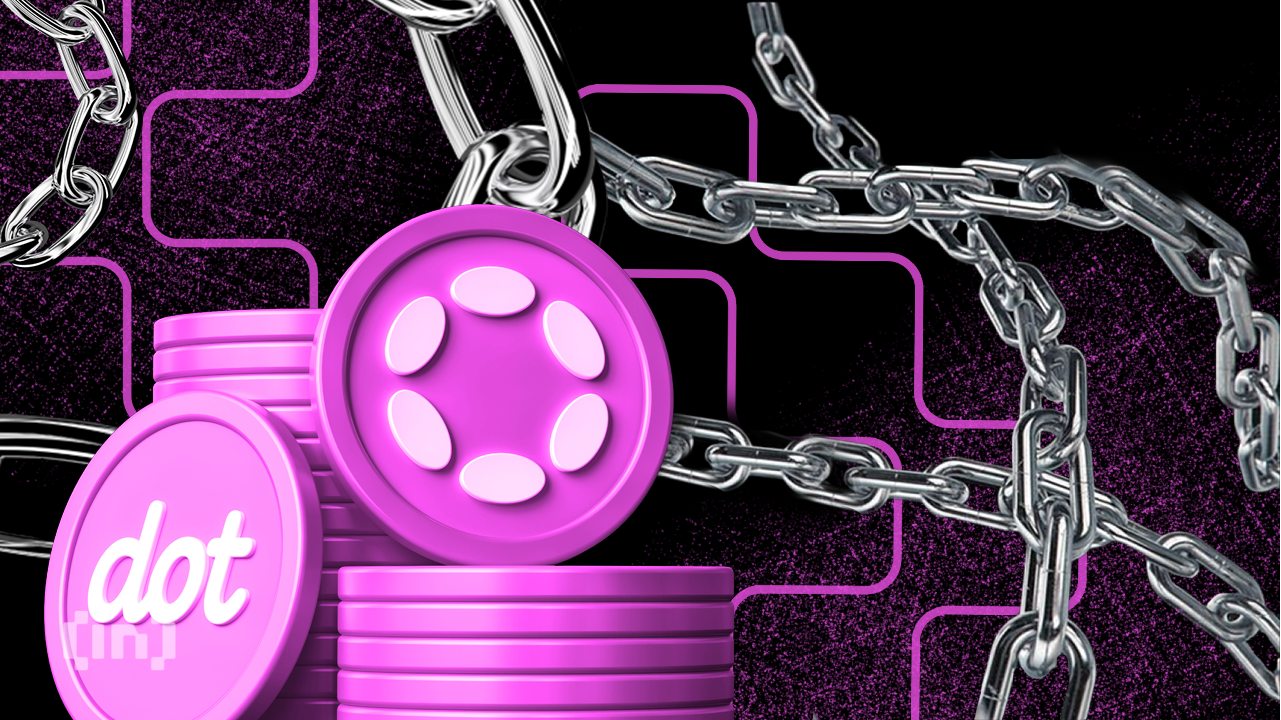
Polkadot (DOT), a pioneering layer-0 blockchain, is making significant strides in tokenizing real-world assets (RWA).
Amid the growing buzz surrounding RWA tokenization, industry experts believe Polkadot has the potential to be a market leader. Several projects in its ecosystem also support this view.
Key Insights into Polkadot’s Role in Real-World Asset Tokenization
Polkadot’s architecture, designed for interoperability and scalability, is ideal for tokenizing assets like real estate, commodities, and intellectual property. The JAM Whitepaper (Polkadot 2.0) could further solidify Polkadot’s position in the RWA tokenization market. This initiative bridges traditional finance with the crypto economy, providing a compliant, secure, and scalable solution for asset tokenization.
Crypto analyst Michaël van de Poppe recently discussed Polkadot’s impact on the sector. He highlighted Polkadot’s Software Development Kit (SDK) as a highly popular tool in the crypto ecosystem.
Read more: RWA Tokenization: A Look at Security and Trust
The SDK allows developers to build projects with minimal investment in blockchain technology. Consequently, this ease of use facilitates RWA integration into the Polkadot network, using the SDK to establish a strong framework for asset tokenization.
“In the meantime, Polkadot has been providing some interesting RWA integrations, as the SDK has been used for those,” he noted.
Polkadot’s ecosystem includes several noteworthy projects focused on RWA tokenization. Energy Web, for instance, tokenizes green and renewable energy assets. The project aims to accelerate the energy transition by deploying open-source Web3 technologies and integrating distributed energy resources into the grid.
One standout project in Polkadot’s RWA ecosystem is Xcavate, which democratizes real estate investment and makes it more accessible to a broader audience. Using the Polkadot SDK, Xcavate automates token transfers and mitigates counterparty risks. Furthermore, the project ensures global access to early-stage real estate investments with low entry barriers.
Another significant project is the layer-1 (L1) application chain Phyken Network. Phyken focuses on bringing green and renewable energy assets on-chain, fractionalizing them, and making them accessible to millions of investors. The project employs a novel know-your-customer (KYC) mechanism using decentralized identities and institutional-grade verifiable credentials to ensure asset authenticity and ownership.
Additionally, Centrifuge, one of the most popular RWA tokenization projects within the Polkadot ecosystem, ranks seventh in market capitalization among similar projects. Centrifuge provides liquidity to small and medium-sized enterprises (SMEs) by enabling them to tokenize real-world assets like invoices, which can be used as collateral for financing.
Industry Insights and Future Prospects
Real-world asset tokenization involves converting tangible and intangible assets into digital tokens tradable on a blockchain. This process simplifies transactions, adds liquidity to traditionally illiquid assets, and ensures transparency and security. Therefore, industry experts believe tokenizing real-world assets is crucial for the mass adoption of blockchain technology.
Larry Fink, CEO of BlackRock, has emphasized the potential of tokenization to revolutionize financial instruments. He envisions a future where every stock and bond has a unique identifier on a blockchain. This would allow for customized investment strategies and instantaneous settlements.
Jenny Johnson, CEO of Franklin Templeton, also highlighted the transformative potential of tokenizing real-world assets. She cited examples such as Rihanna’s NFT royalties and loyalty programs at St. Regis in Aspen.
These examples demonstrate the technology’s ability to lower entry points and operational costs. They also make professional asset management more accessible to younger investors.
Read more: What is Tokenization on Blockchain?
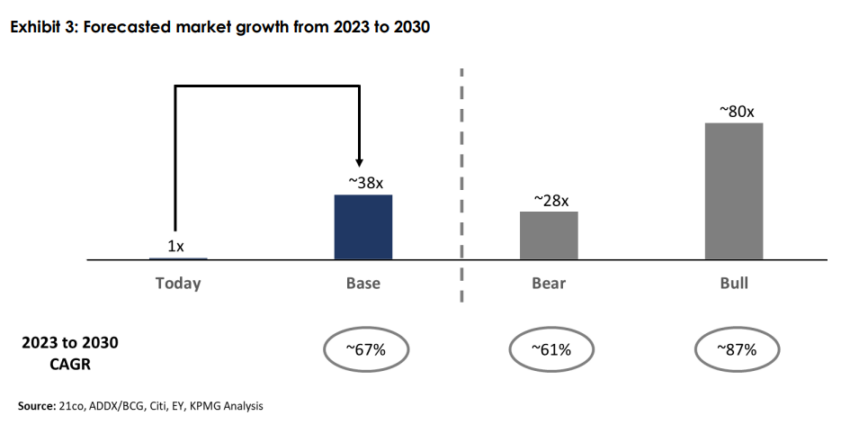
According to a report by KPMG, the potential to tokenize global illiquid assets is a multi-trillion-dollar opportunity. The market is expected to grow significantly by 2030, with forecasts suggesting an increase from the 2023 baseline by at least 28 to 80 times. Expanding adoption and positive regulatory discussions will also further drive this growth.
Disclaimer
In adherence to the Trust Project guidelines, BeInCrypto is committed to unbiased, transparent reporting. This news article aims to provide accurate, timely information. However, readers are advised to verify facts independently and consult with a professional before making any decisions based on this content. Please note that our Terms and Conditions, Privacy Policy, and Disclaimers have been updated.
Market
BNB Price Faces More Downside—Can Bulls Step In?
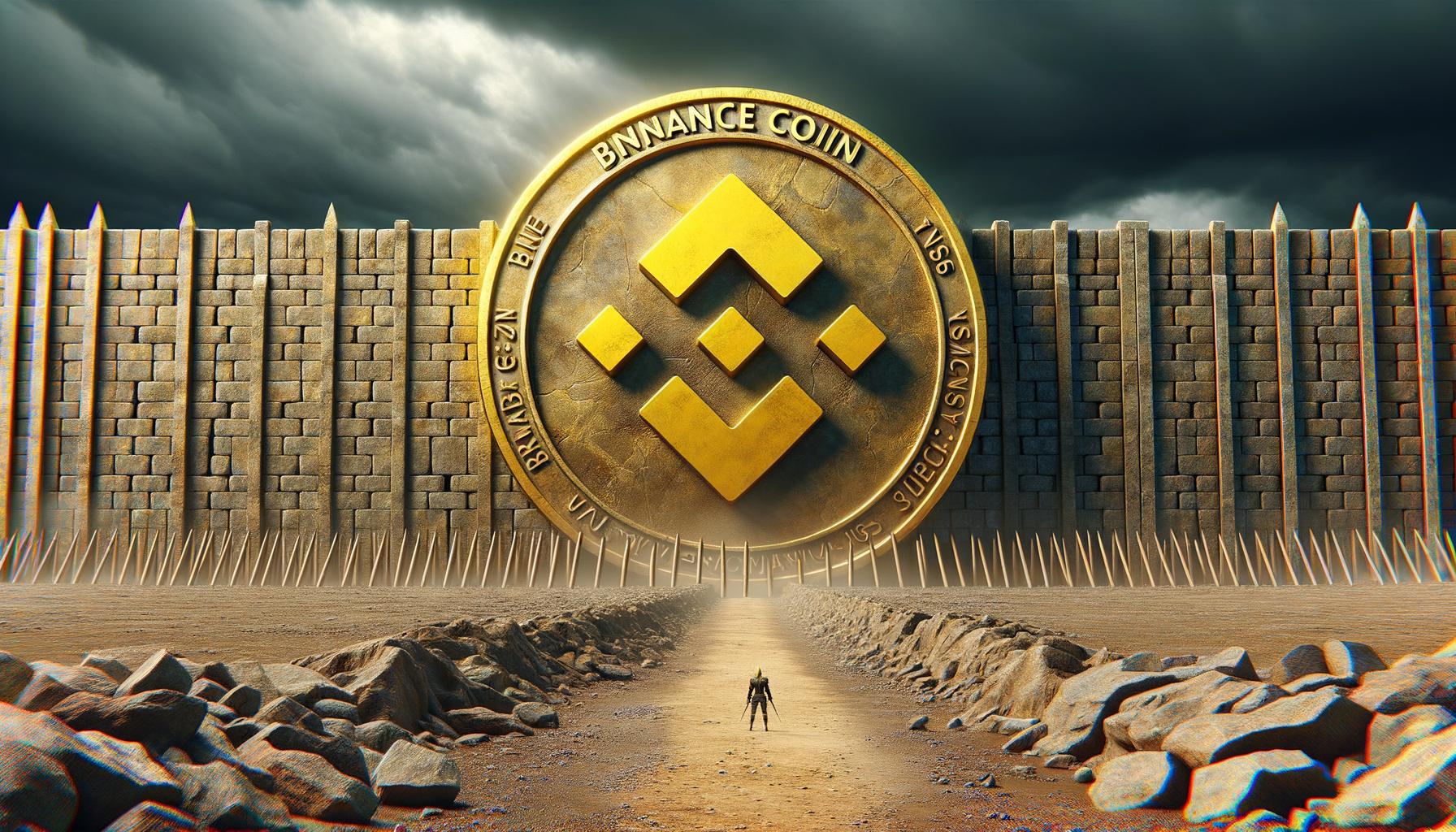
Aayush Jindal, a luminary in the world of financial markets, whose expertise spans over 15 illustrious years in the realms of Forex and cryptocurrency trading. Renowned for his unparalleled proficiency in providing technical analysis, Aayush is a trusted advisor and senior market expert to investors worldwide, guiding them through the intricate landscapes of modern finance with his keen insights and astute chart analysis.
From a young age, Aayush exhibited a natural aptitude for deciphering complex systems and unraveling patterns. Fueled by an insatiable curiosity for understanding market dynamics, he embarked on a journey that would lead him to become one of the foremost authorities in the fields of Forex and crypto trading. With a meticulous eye for detail and an unwavering commitment to excellence, Aayush honed his craft over the years, mastering the art of technical analysis and chart interpretation.
As a software engineer, Aayush harnesses the power of technology to optimize trading strategies and develop innovative solutions for navigating the volatile waters of financial markets. His background in software engineering has equipped him with a unique skill set, enabling him to leverage cutting-edge tools and algorithms to gain a competitive edge in an ever-evolving landscape.
In addition to his roles in finance and technology, Aayush serves as the director of a prestigious IT company, where he spearheads initiatives aimed at driving digital innovation and transformation. Under his visionary leadership, the company has flourished, cementing its position as a leader in the tech industry and paving the way for groundbreaking advancements in software development and IT solutions.
Despite his demanding professional commitments, Aayush is a firm believer in the importance of work-life balance. An avid traveler and adventurer, he finds solace in exploring new destinations, immersing himself in different cultures, and forging lasting memories along the way. Whether he’s trekking through the Himalayas, diving in the azure waters of the Maldives, or experiencing the vibrant energy of bustling metropolises, Aayush embraces every opportunity to broaden his horizons and create unforgettable experiences.
Aayush’s journey to success is marked by a relentless pursuit of excellence and a steadfast commitment to continuous learning and growth. His academic achievements are a testament to his dedication and passion for excellence, having completed his software engineering with honors and excelling in every department.
At his core, Aayush is driven by a profound passion for analyzing markets and uncovering profitable opportunities amidst volatility. Whether he’s poring over price charts, identifying key support and resistance levels, or providing insightful analysis to his clients and followers, Aayush’s unwavering dedication to his craft sets him apart as a true industry leader and a beacon of inspiration to aspiring traders around the globe.
In a world where uncertainty reigns supreme, Aayush Jindal stands as a guiding light, illuminating the path to financial success with his unparalleled expertise, unwavering integrity, and boundless enthusiasm for the markets.
Market
VanEck Sets Stage for BNB ETF with Official Trust Filing
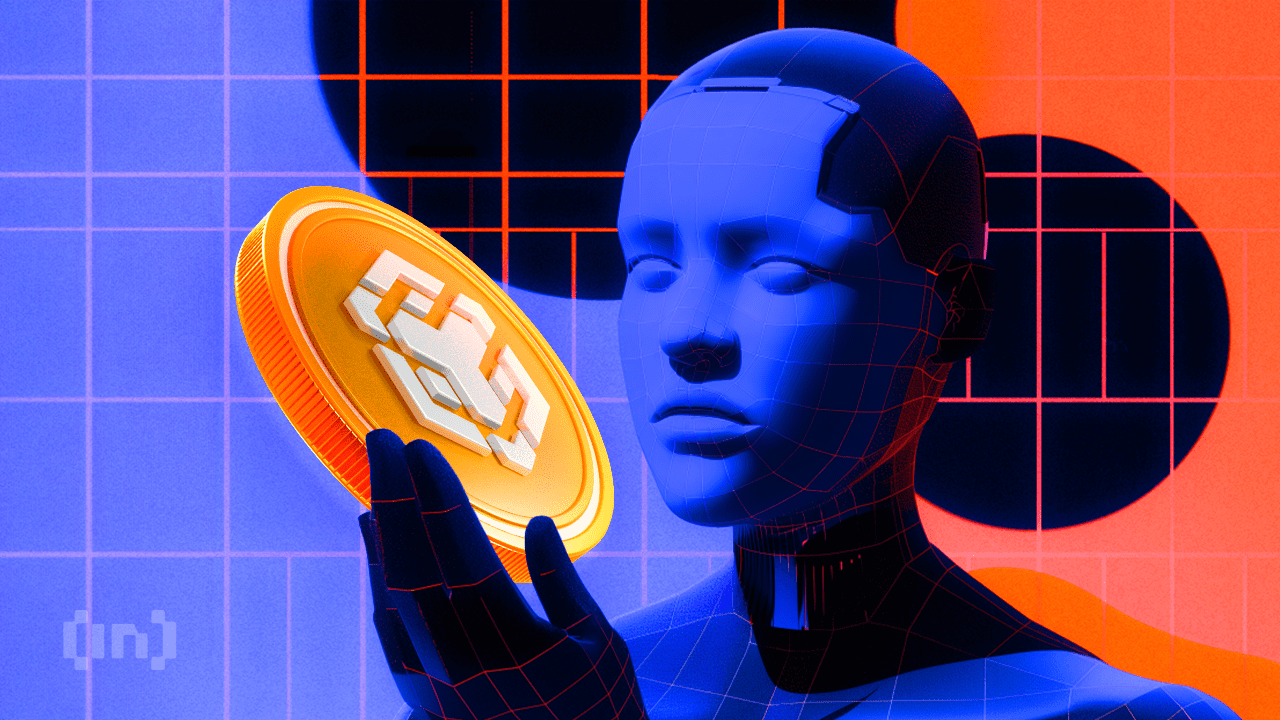
Global investment management firm VanEck has officially registered a statutory trust in Delaware for Binance’s BNB (BNB) exchange-traded fund (ETF).
This move marks the first attempt to launch a spot BNB ETF in the United States. It could potentially open new avenues for institutional and retail investors to gain exposure to the asset through a regulated investment vehicle.
VanEck Moves Forward with BNB ETF
The trust was registered on March 31 under the name “VanEck BNB ETF” with filing number 10148820. It was recorded on Delaware’s official state website.

The proposed BNB ETF would track the price of BNB. It is the native cryptocurrency of the BNB Chain ecosystem, developed by the cryptocurrency exchange Binance.
As per the latest data, BNB ranks as the fifth-largest cryptocurrency by market capitalization at $87.1 billion. Despite its significant market position, both BNB’s price and the broader cryptocurrency market have faced some challenges recently.
Over the past month, the altcoin’s value has declined 2.2%. At the time of writing, BNB was trading at $598. This represented a 1.7% dip in the last 24 hours, according to data from BeInCrypto.

While the trust filing hasn’t yet led to a price uptick, the community remains optimistic about the prospects of BNB, especially with this new development.
“Send BNB to the moon now,” an analyst posted on X (formerly Twitter).
The filing comes just weeks after VanEck made a similar move for Avalanche (AVAX). On March 10, VanEck registered a trust for an AVAX-focused ETF.
This was quickly followed by the filing of an S-1 registration statement with the US Securities and Exchange Commission (SEC). Given this precedent, a similar S-1 filing for a BNB ETF could follow soon.
“A big step toward bringing BNB to US institutional investors!” another analyst wrote.
Meanwhile, the industry has seen an influx of crypto fund applications at the SEC following the election of a pro-crypto administration. In fact, a recent survey revealed that 71% of ETF investors are bullish on crypto and plan to increase their allocations to cryptocurrency ETFs in the next 12 months.
“Three-quarters of allocators expect to increase their investment in cryptocurrency-focused ETFs over the next 12 months, with demand highest in Asia (80%), and the US (76%), in contrast to Europe (59%),” the survey revealed.
This growing interest in crypto ETFs could drive further demand for assets like BNB, making the VanEck BNB ETF a potentially significant product in the market.
Disclaimer
In adherence to the Trust Project guidelines, BeInCrypto is committed to unbiased, transparent reporting. This news article aims to provide accurate, timely information. However, readers are advised to verify facts independently and consult with a professional before making any decisions based on this content. Please note that our Terms and Conditions, Privacy Policy, and Disclaimers have been updated.
Market
XRP Recovery Stalls—Are Bears Still In Control?
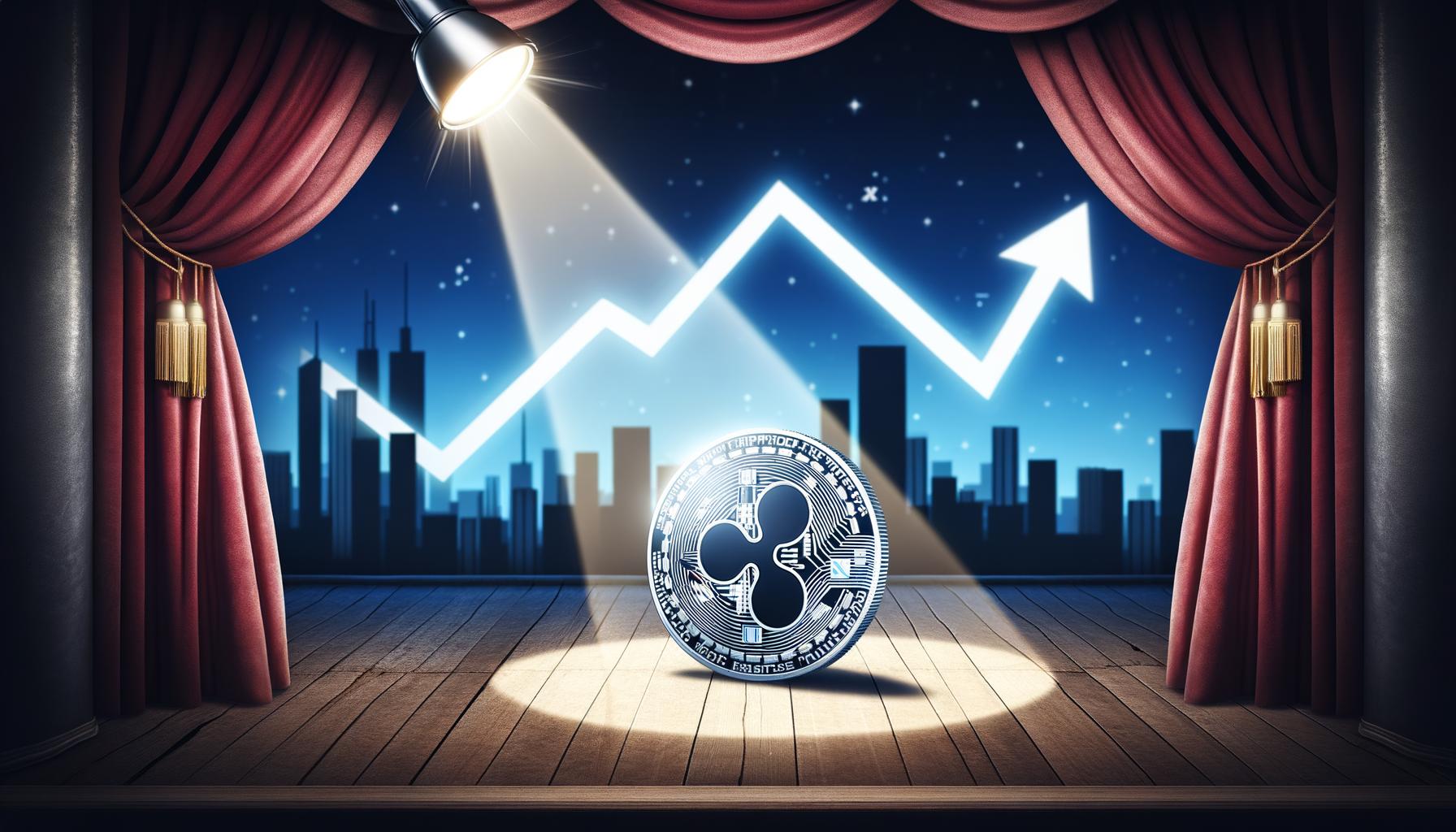
XRP price started a fresh decline from the $2.20 zone. The price is now consolidating and might face hurdles near the $2.120 level.
- XRP price started a fresh decline after it failed to clear the $2.20 resistance zone.
- The price is now trading below $2.150 and the 100-hourly Simple Moving Average.
- There is a connecting bearish trend line forming with resistance at $2.120 on the hourly chart of the XRP/USD pair (data source from Kraken).
- The pair might extend losses if it fails to clear the $2.20 resistance zone.
XRP Price Faces Rejection
XRP price failed to continue higher above the $2.20 resistance zone and reacted to the downside, like Bitcoin and Ethereum. The price declined below the $2.150 and $2.120 levels.
The bears were able to push the price below the 50% Fib retracement level of the recovery wave from the $2.023 swing low to the $2.199 high. There is also a connecting bearish trend line forming with resistance at $2.120 on the hourly chart of the XRP/USD pair.
The price is now trading below $2.150 and the 100-hourly Simple Moving Average. However, the bulls are now active near the $2.10 support level. They are protecting the 61.8% Fib retracement level of the recovery wave from the $2.023 swing low to the $2.199 high.
On the upside, the price might face resistance near the $2.120 level and the trend line zone. The first major resistance is near the $2.150 level. The next resistance is $2.20. A clear move above the $2.20 resistance might send the price toward the $2.240 resistance. Any more gains might send the price toward the $2.2650 resistance or even $2.2880 in the near term. The next major hurdle for the bulls might be $2.320.
Another Decline?
If XRP fails to clear the $2.150 resistance zone, it could start another decline. Initial support on the downside is near the $2.10 level. The next major support is near the $2.0650 level.
If there is a downside break and a close below the $2.0650 level, the price might continue to decline toward the $2.020 support. The next major support sits near the $2.00 zone.
Technical Indicators
Hourly MACD – The MACD for XRP/USD is now gaining pace in the bearish zone.
Hourly RSI (Relative Strength Index) – The RSI for XRP/USD is now below the 50 level.
Major Support Levels – $2.10 and $2.050.
Major Resistance Levels – $2.120 and $2.20.
-

 Altcoin22 hours ago
Altcoin22 hours agoXRP Price to $27? Expert Predicts Exact Timeline for the Next Massive Surge
-

 Market22 hours ago
Market22 hours agoEthereum Struggles to Break Out as Bear Trend Fades
-
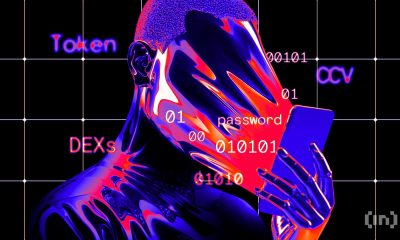
 Market21 hours ago
Market21 hours agoHow Did UPCX Lose $70 Million in a UPC Hack?
-
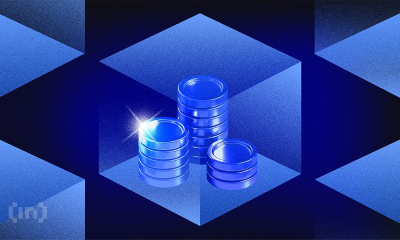
 Market23 hours ago
Market23 hours agoBinance Megadrop Launches KernelDAO
-

 Market20 hours ago
Market20 hours agoHill Rejects Interest-Bearing Stablecoins Despite Armstrong’s Wish
-
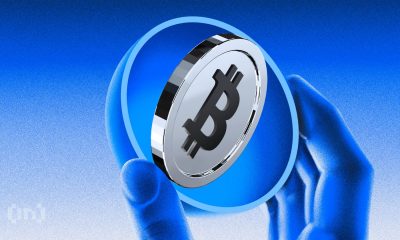
 Bitcoin17 hours ago
Bitcoin17 hours agoBitcoin Could Serve as Inflation Hedge or Tech Stock, Say Experts
-

 Market17 hours ago
Market17 hours agoSUI Price Stalls After Major $147 Million Token Unlock
-

 Market16 hours ago
Market16 hours agoBeInCrypto US Morning Briefing: Standard Chartered and Bitcoin











